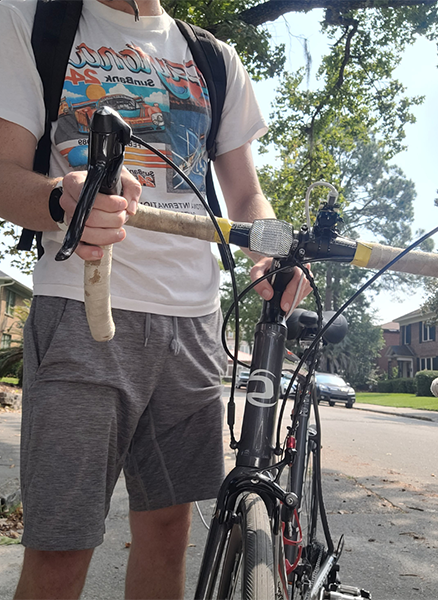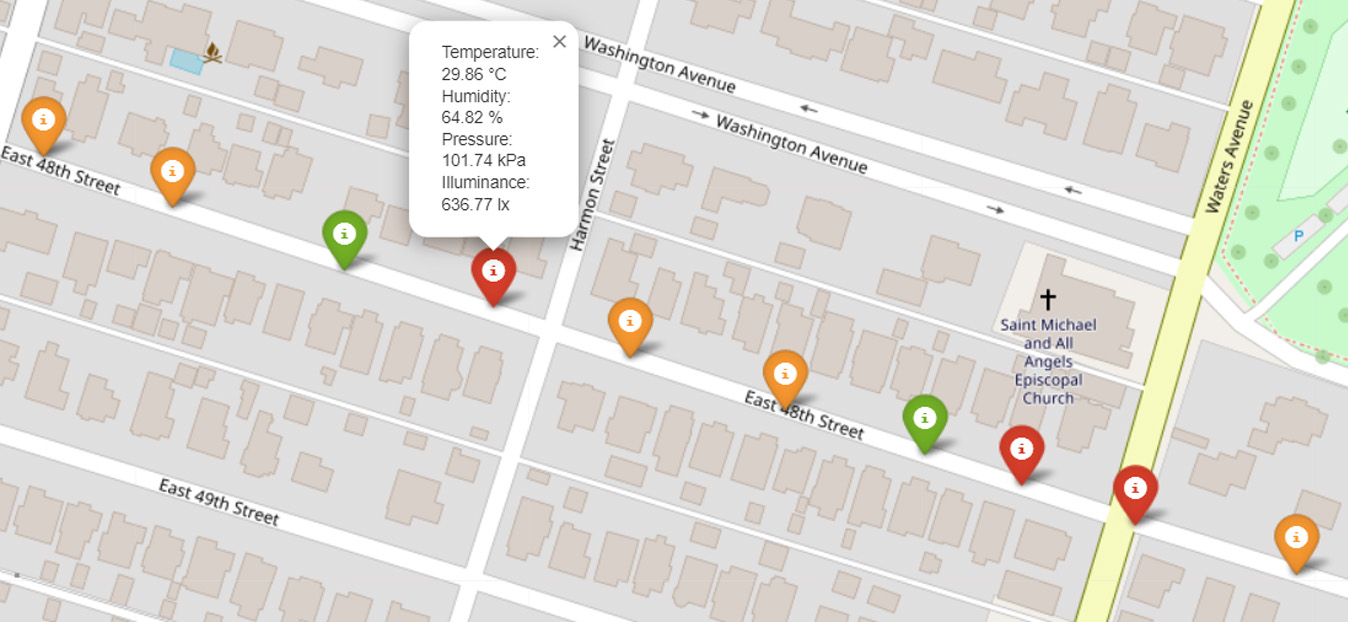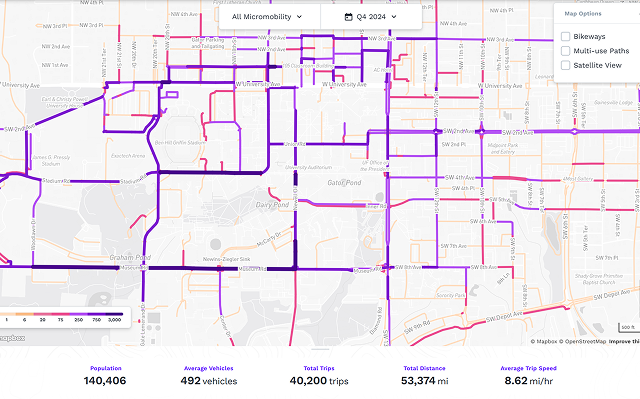Collecting data
The greatest challenge was figuring out how to create a solution that could scale, while still delivering the data back to a centralized server. Here is a mock system that would allow the current device to scale.

Device gathers data from sensors as it moves around town.

Data collected by gateways when bike is close enough for a transfer (~1km).

Server stores data until it is called upon by a GIS mapping tool like Carto.
First test on my bike
Now that I had a device capable of logging the data, it was time to get sample data and show how it could help stakeholders gain meaningful insights. I attached the device to my bike and biked around my community, logging data about the human comfort around me in Savannah, Georgia, USA.
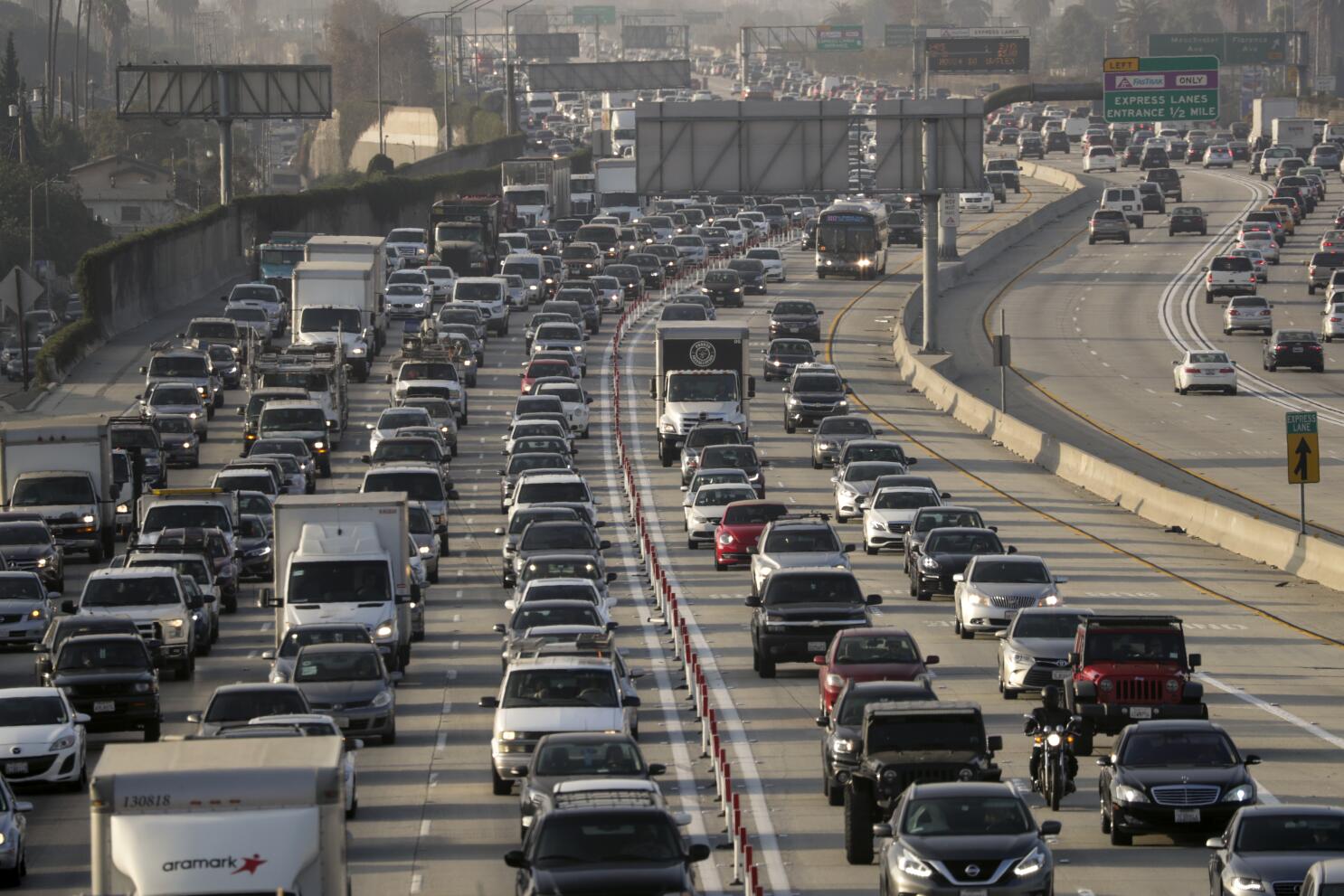
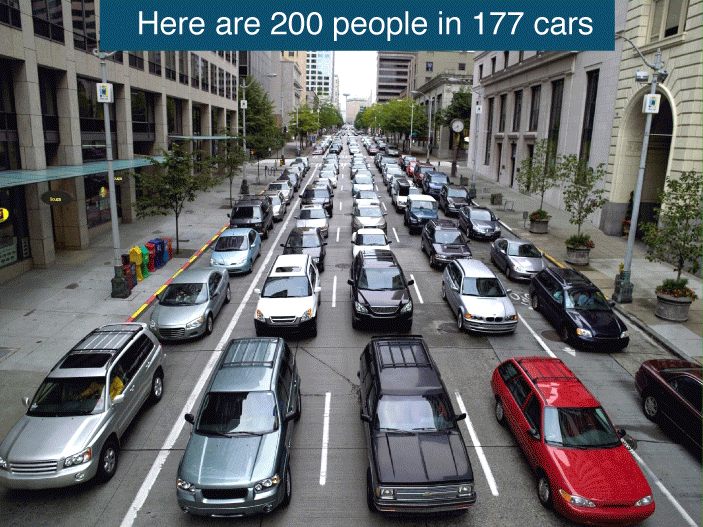
.jpg)
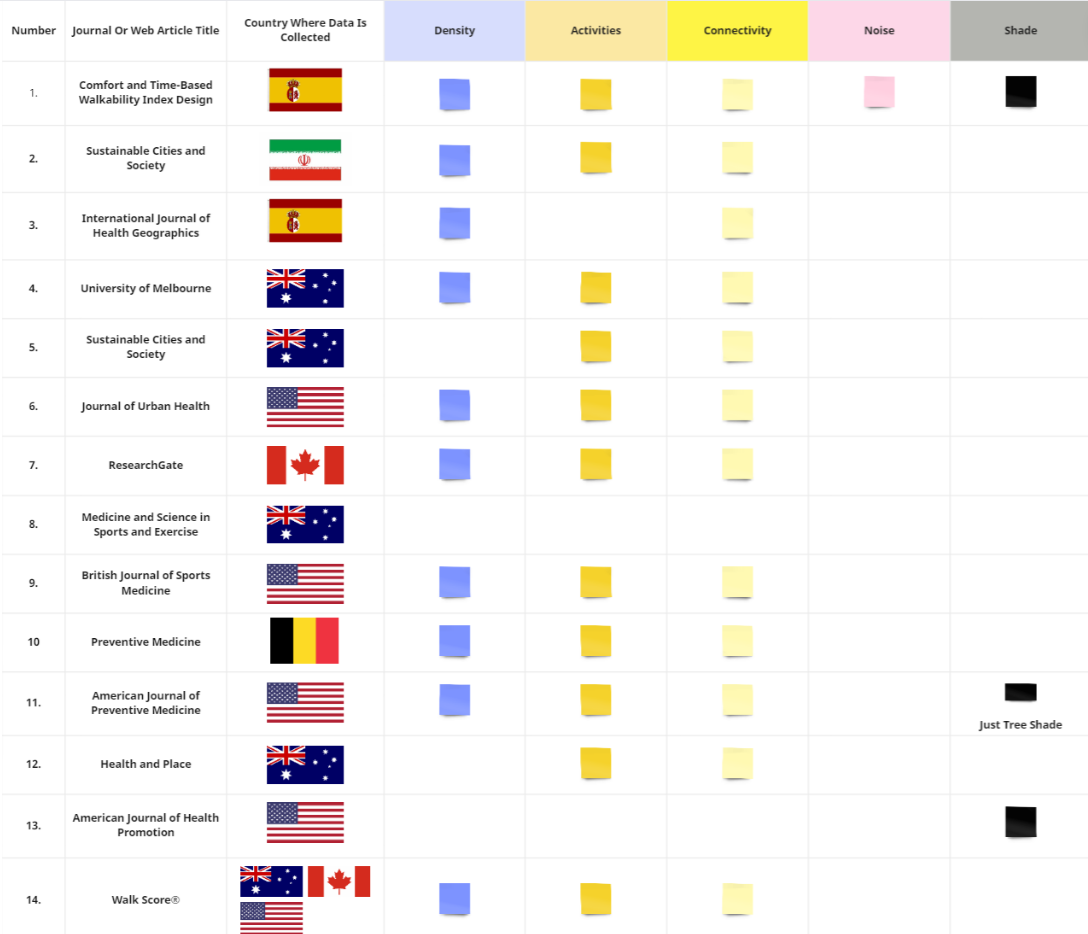
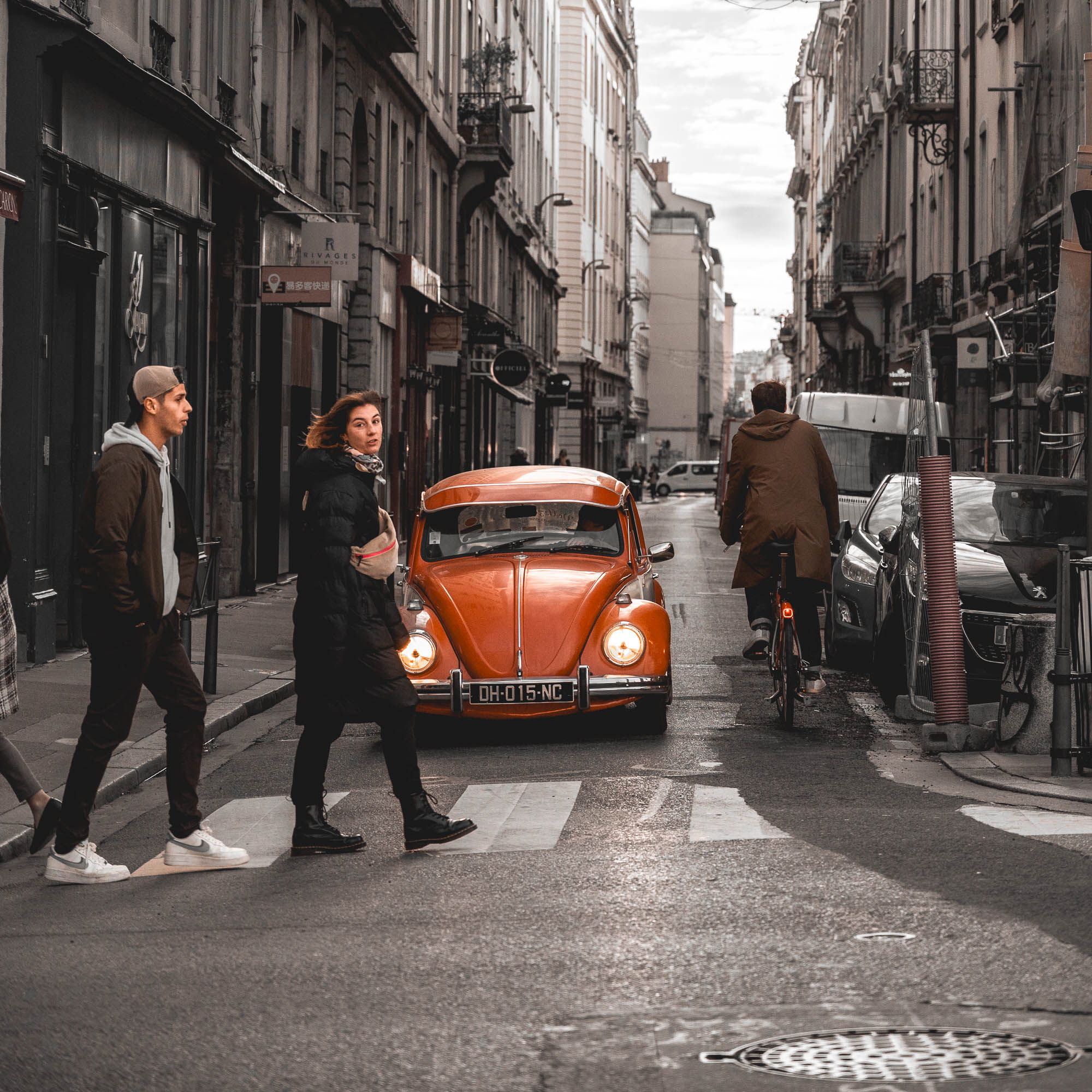
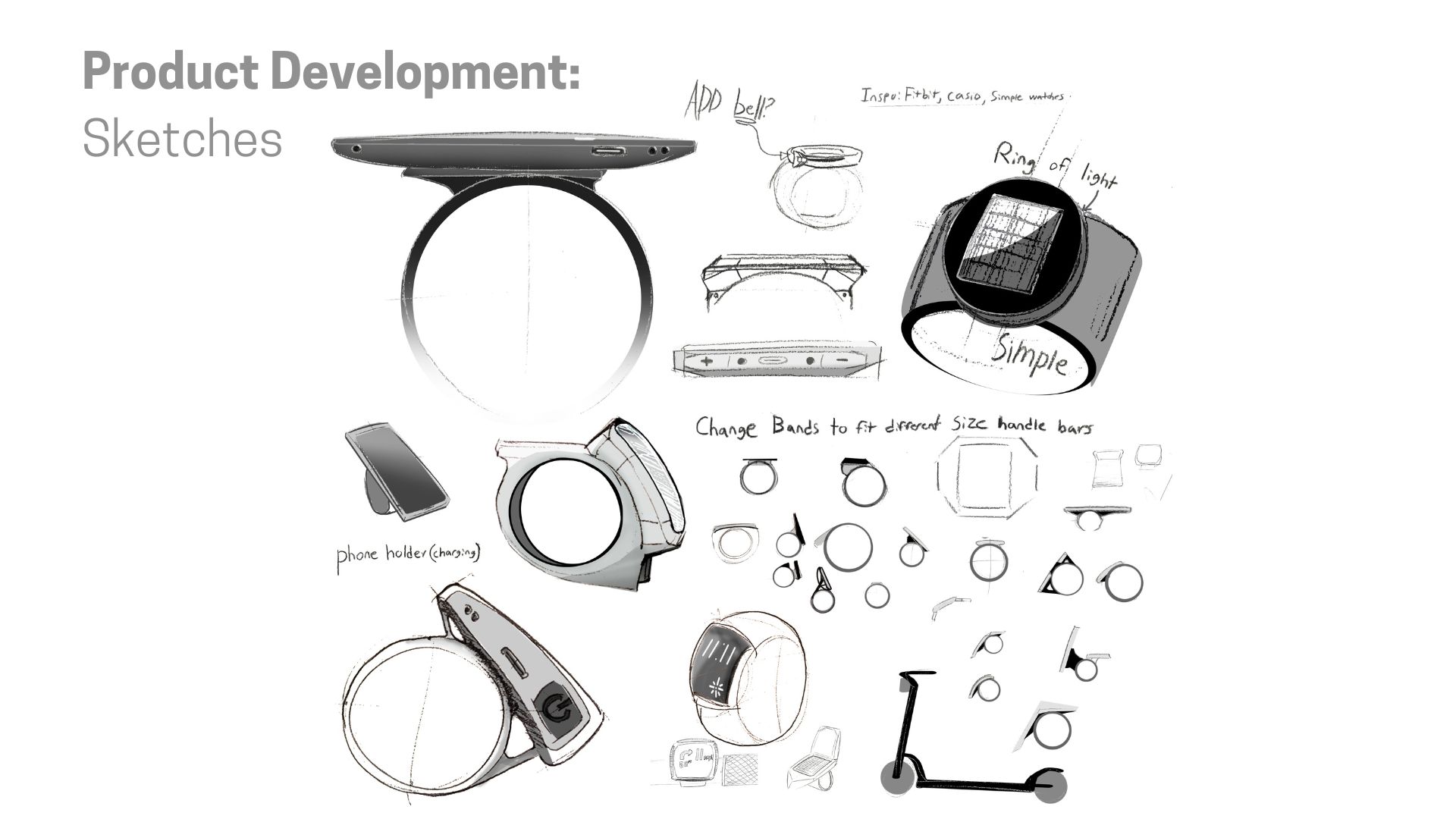
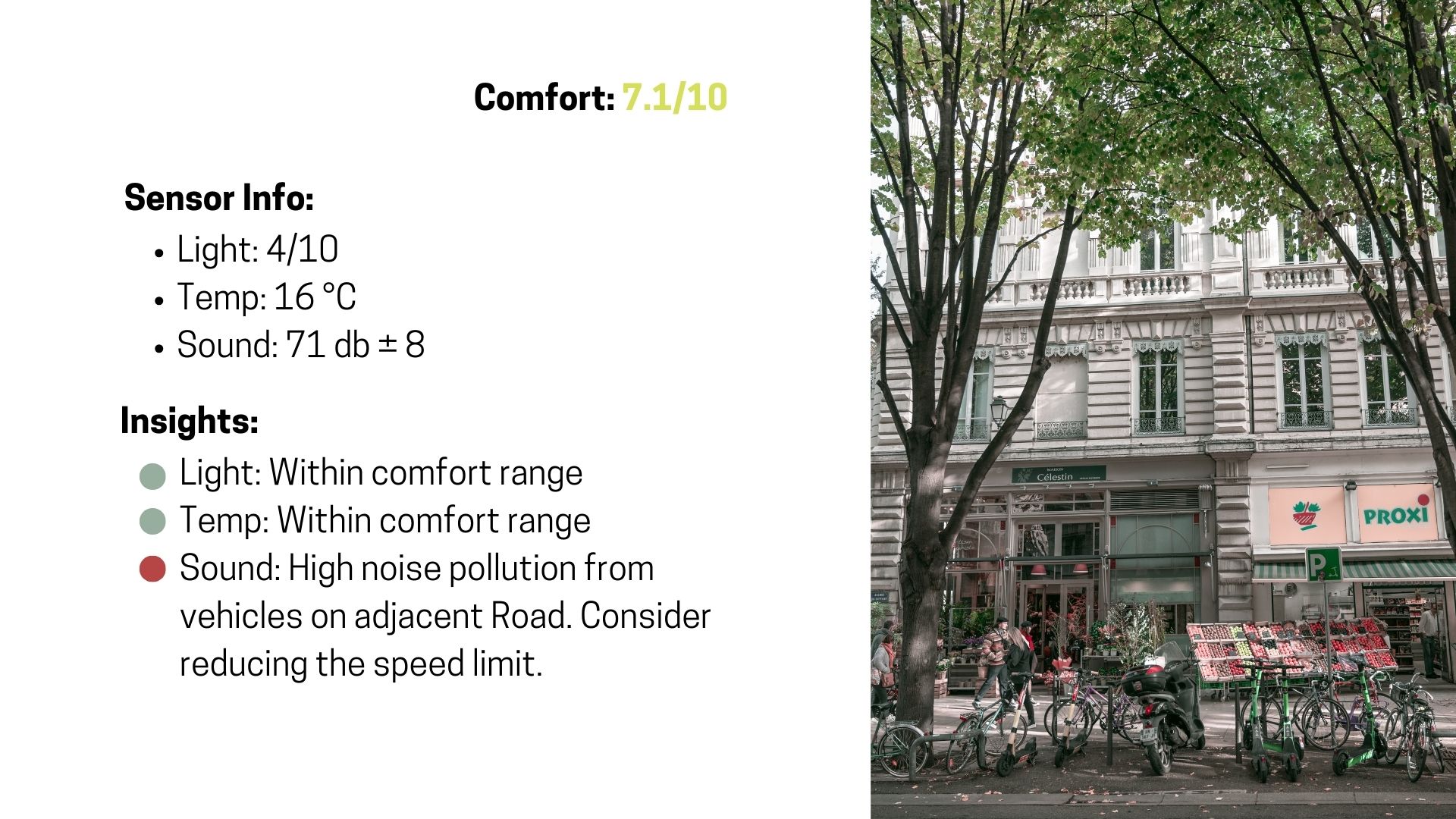
.jpg)



